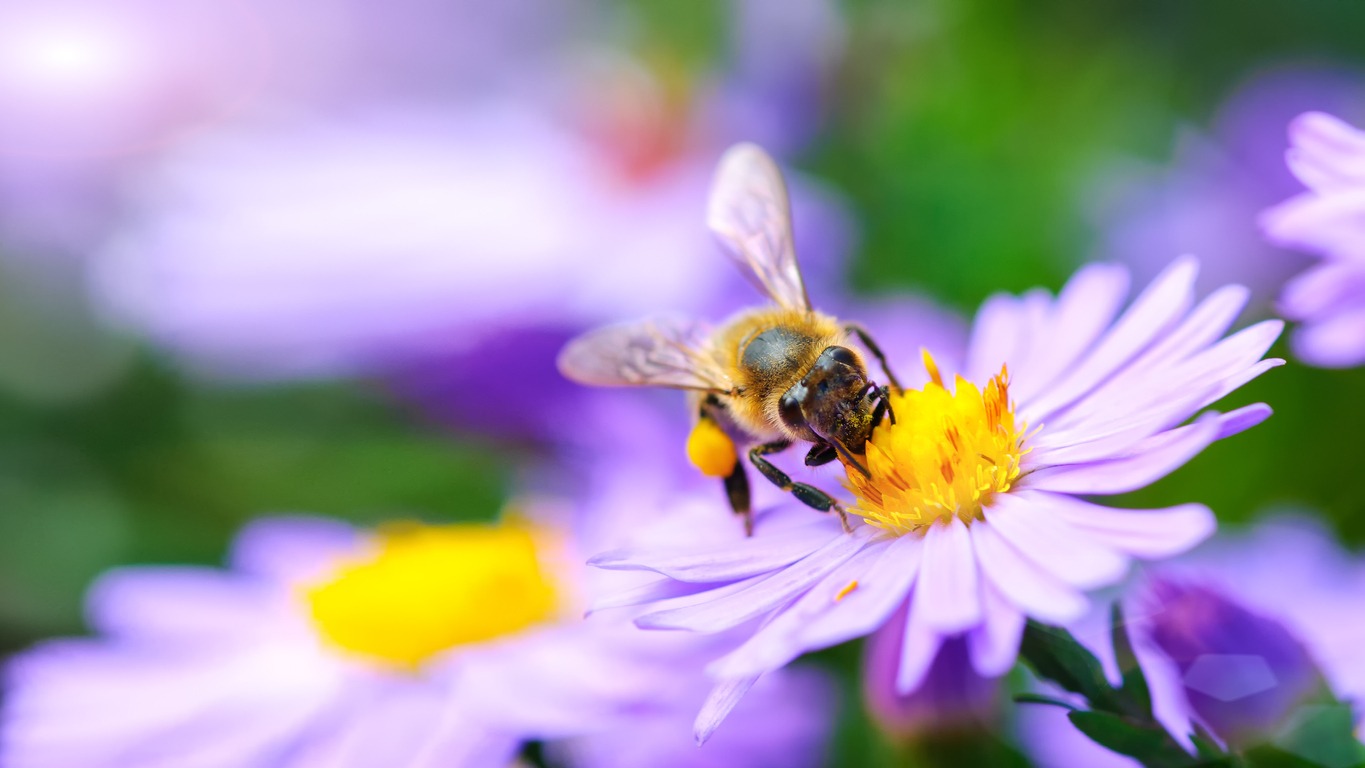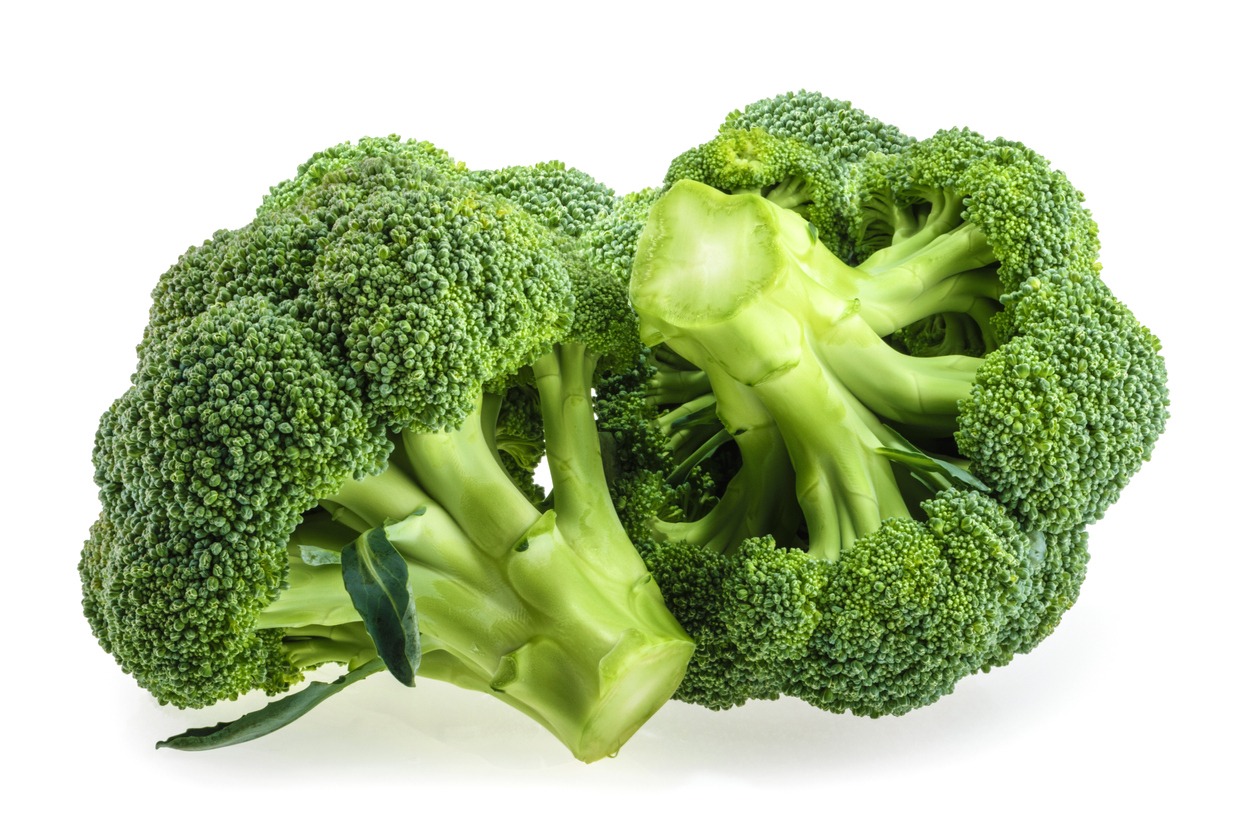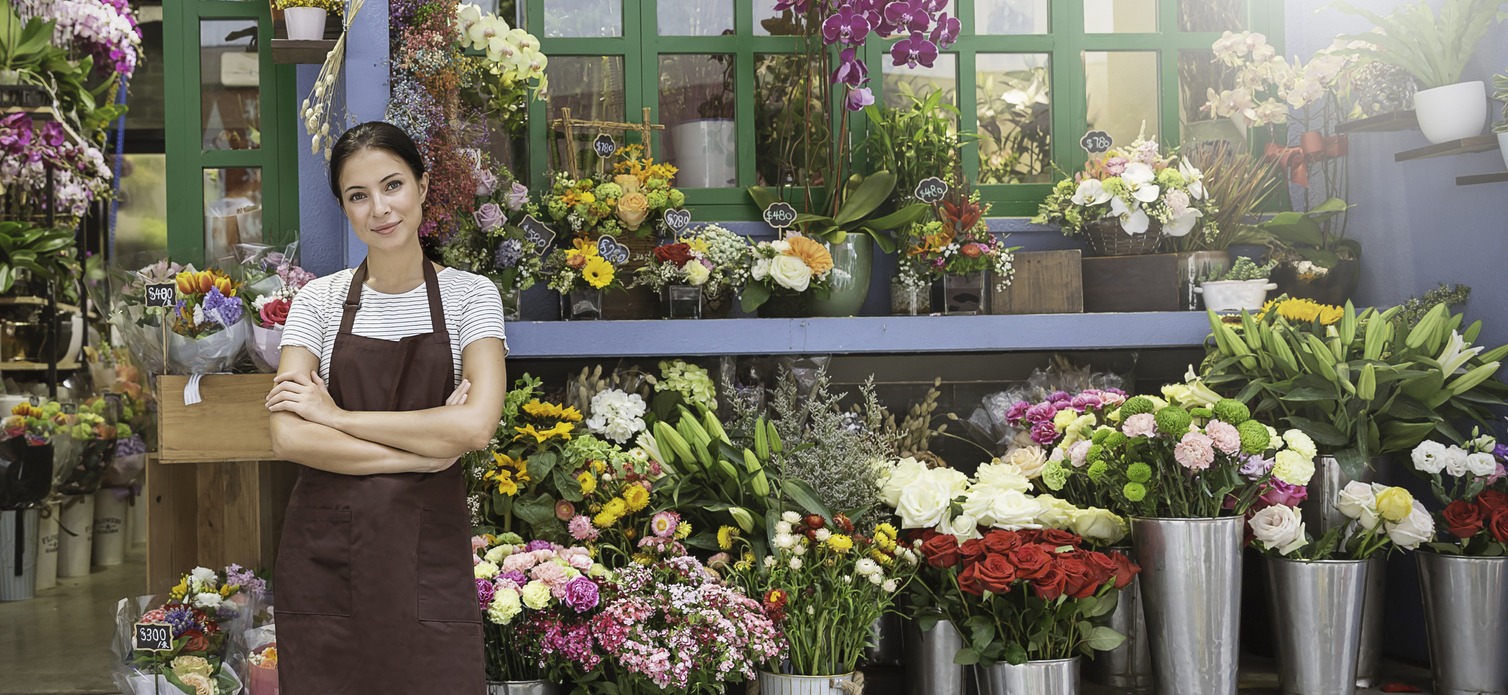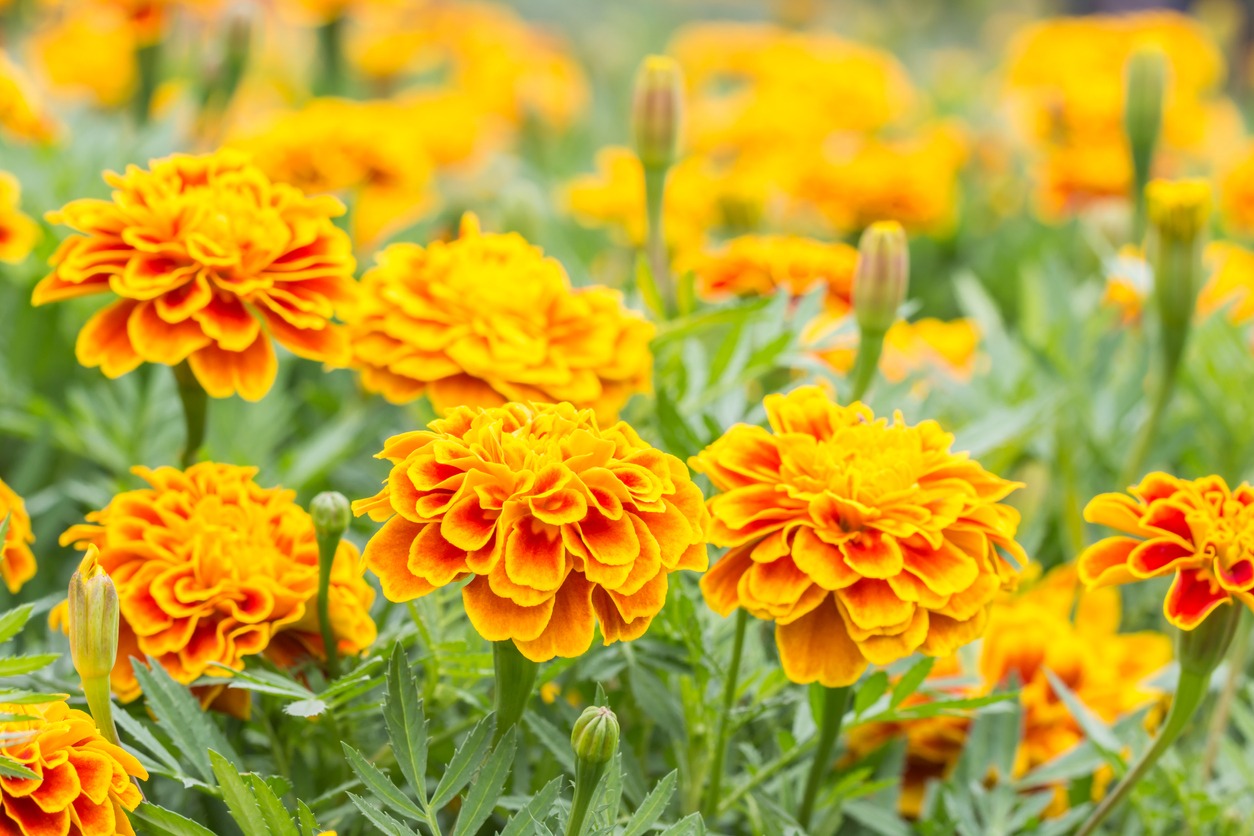When we think of flowers, the first thing that comes to mind is the beauty they bring to our surroundings. We often associate them with gardens, celebrations, and expressions of love. However, flowers play a much larger role, particularly in the realm of agriculture. Beyond their aesthetic appeal, flowers hold significant importance in the agricultural landscape, offering a range of benefits that contribute to the success and sustainability of farming practices. From supporting pollinators to enhancing soil health and even impacting marketing strategies, the significance of flowers in agriculture cannot be overlooked. In this article, discover the value of flowers in agriculture.
Benefits of Flowers in Agriculture
Flowers play several important roles in agriculture. Here are some reasons why flowers are significant in agricultural practices:
1. Flowers are essential for pollination
Flowers are crucial for pollination, which is essential for the reproduction of many plant species. Pollinators, such as bees, butterflies, and birds, are attracted to flowers’ vibrant colors and scents. As they collect nectar, they inadvertently transfer pollen from one flower to another to facilitate fertilization. This process leads to the formation of fruits and seeds.
Some plants can fertilize themselves, but many plants rely on animals that can fly and move around to complete the process. These plants have evolved over time to attract these helpful pollen-moving creatures.
Pollinators are really important for plants and farmers. In the United States, about one-third of the food and other things we grow on farms depend on pollinators. This includes not just food but also plants that are used to make medicines and alcoholic beverages.
Without pollinators, the agriculture sector would collapse. It would be hard to grow enough food, as many plants rely on pollination to reproduce. Pollination is a wonderful process that plays a vital role in keeping our food supply and plant life healthy and abundant.
Pollination process
How do flowers “perform” their job in pollination? Well, you have to be acquainted first with the different parts of the flowers.
The sepals are the first part of the flower to appear. They protect the growing petals and other parts of the flower from drying out.
Petals are the colorful and showy part of the flower. They attract pollinators and provide a landing spot for them. Some flowers have multiple layers of petals, giving them a round shape, while others have flat petals.
The stamen is the male reproductive organ of a flower. It has two main parts. The top part is called the anther, and it holds the pollen. The long, skinny part supporting the anther is called the filament, which lifts the anther for pollinators or the wind to reach.
The pistil is the female reproductive organ of a flower. It usually has a shape like a vase or bowling pin and consists of three parts – the stigma, the style, and the ovary. The bottom of the pistil, the ovary, produces and holds developing seeds. The style is a tube-like structure connecting the ovary to the stigma at the top. The stigma is sticky and captures pollen carried by wind, insects, or birds.
Now, pollination happens when pollen, which contains male reproductive cells, is transferred from the male parts of a flower to the female parts of the same species of flower. This transfer of pollen is essential for plants to reproduce and produce seeds, fruits, and new plants. Here’s how the process happens:
- Pollen grains, which contain the male reproductive cells, are produced in the anthers of the flower.
- Pollinators, such as bees, butterflies, birds, or even the wind, visit flowers in search of food, such as nectar or pollen. As they move around the flower, pollen from the anthers can stick to their bodies.
- When a pollinator visits another flower of the same species, some of the pollen grains stuck to its body may come into contact with the stigma, which is the sticky part at the top of the pistil.
- The pollen grains on the stigma then travel down a tube called the style to reach the ovary, where the ovules are located.
- Fertilization occurs when a male reproductive cell from the pollen combines with a female reproductive cell in the ovule, forming a seed.
- The fertilized ovule develops into a seed, while the ovary of the flower develops into a fruit, which protects and nourishes the seeds.
- The fruit can then be dispersed by animals or natural forces, allowing the seeds to be carried to new locations where they can grow into new plants.
This pollination process ensures that plants can reproduce and produce seeds, which are essential for the survival and propagation of plant species. It also plays a vital role in the production of fruits and the diversity of plant life on Earth.
2. Flowers become food itself
Some of the foods we eat are technically flowers or formed from the flowers of that plant. While there are edible flowers, some fruits and vegetables are actually the flowers of the plant. The examples here may surprise you, which include:
- Broccoli – Broccoli is generally considered a superfood and a healthy vegetable. Fun fact: the compact head of a broccoli plant is composed of flower buds that have not yet bloomed.
- Cauliflower – Similar to broccoli, the edible dense, white curd, which is actually a cluster of undeveloped flower buds.
- Artichoke – The artichoke is a unique vegetable where the edible portion is the immature flower bud before it blooms. It has a distinctive shape and is enjoyed for its tender, fleshy bracts and heart.
Meanwhile, there are many flowers that eventually transform or turn into fruits or vegetables, such as:
- Tomato – The tomato plant produces yellow flowers that develop into the familiar red, yellow, or green fruits we consume.
- Apple – The apple tree bears delicate white or pink flowers that transform into well-known fruit, available in a variety of colors and flavors.
- Strawberry – The strawberry plant produces small white flowers that turn into the sweet, juicy berries we enjoy.
- Watermelon – Watermelon plants produce yellow flowers that ultimately develop into large, juicy fruits known for their refreshing taste.
- Pumpkin – Pumpkin vines produce bright yellow flowers that give rise to the iconic round or oblong fruits, often used for cooking, carving, or decoration.
- Citrus fruits – Citrus trees produce fragrant white flowers that mature into the familiar citrus fruits we consume.
- Peach – The peach tree produces beautiful pink flowers that transform into the fuzzy-skinned, sweet fruits we enjoy.
- Blueberry – Blueberry bushes produce delicate white or pink flowers that turn into the small, round berries we commonly consume.
- Coffee –Coffee plants produce small, fragrant white flowers that develop into coffee cherries containing the coffee beans we use for brewing.
- Zucchini – Zucchini is a summer squash that forms from the swollen ovary of a female flower. The flower petals often fall off, and the zucchini develops and elongates rapidly.
- Cucumber – Cucumbers are technically classified as fruits but are commonly regarded as vegetables in culinary contexts. They form from the ovaries of the cucumber flower and are typically consumed when immature.
- Eggplant – Eggplants are another example of fruits that are often considered and cooked as vegetables. They form from the flower’s fertilized ovary and come in various shapes, sizes, and colors.
- Okra – Okra is a vegetable with elongated green pods that are harvested before they fully mature. The pods develop from the flowers of the okra plant.
- Peas – Peas are legumes that develop from the fertilized flowers of pea plants. They grow in long pods and contain edible peas or “seeds.”
These crops are popular agricultural products, and flowers made it possible for them to exist and be enjoyed by humans.
3. It’s an essential product for floriculture
Whether it’s for improving landscapes, decorating events (like weddings), and gifting (like bouquets for loved ones on special occasions such as Valentine’s Day) – flowers are a product in itself. Let’s just say florists would not exist if it weren’t for flowers.
For some agricultural and marketing sectors, flowers are the main product. They are carefully cultivated, nurtured, and harvested for their ornamental value, allowing farmers and growers to cater to the demand for cut flowers, potted plants, and other floral arrangements. The beauty and diversity of flowers provide endless possibilities for creative arrangements and unique products that cater to various customer preferences.
4. Flowers can be used for natural pest management
In agricultural systems, some farmers employ natural means as an environmentally-friendly approach to controlling pests. One of the key techniques used in this approach is the strategic planting of companion plants, including flowers, alongside crops. These companion plants serve as natural pest deterrents or distractions, reducing the need for chemical pesticides.
Marigolds, for example, are renowned for their ability to repel nematodes, which are microscopic worms that can cause damage to plant roots. By intercropping marigolds with vegetables susceptible to nematode infestations, farmers can create a barrier that inhibits nematode movement and protects the crops.
Nasturtiums are not only beautiful, but they also serve as natural pest repellents. Their pungent odor and peppery taste deter aphids, whiteflies, squash bugs, and cucumber beetles. Nasturtiums are often interplanted with vegetables and herbs to provide a protective barrier against pests. Meanwhile, chrysanthemums contain natural compounds called pyrethrins, which have insecticidal properties. These flowers are known to repel a wide range of pests, including aphids, spider mites, and Japanese beetles.
5. Flowers can help improve soil health
Certain flowers, particularly legumes like clover and alfalfa, possess a unique ability to fix atmospheric nitrogen into a form that plants can readily use. This process, known as nitrogen fixation, enhances soil fertility and reduces the reliance on synthetic fertilizers.
Leguminous flowers form a symbiotic (mutually beneficial) relationship with nitrogen-fixing bacteria called rhizobia. These bacteria reside in nodules on the roots of legumes and convert atmospheric nitrogen into ammonium, a form of nitrogen that plants can absorb and utilize for growth. As legumes grow and eventually decompose, they release nitrogen into the soil, enriching it with this essential nutrient.
6. Flowers are great for marketing
Flowers have the power to attract attention and draw people in. Visitors are often captivated by the sight and scent of flowers, making them more likely to explore the surrounding areas or engage in agricultural activities. For potential customers, the appeal of a well-designed and flower-filled agricultural setting can be a strong selling point. Whether it’s a farmer’s market, a garden center, or a floral boutique, the strategic use of flowers can create an inviting and visually appealing atmosphere that entices customers and boosts sales.
Conclusion
By incorporating flowers into agricultural systems, we can create thriving ecosystems that promote biodiversity, sustainable farming practices, and a healthier environment. These vibrant blooms not only captivate our senses but also contribute to the overall health and productivity of our crops.





